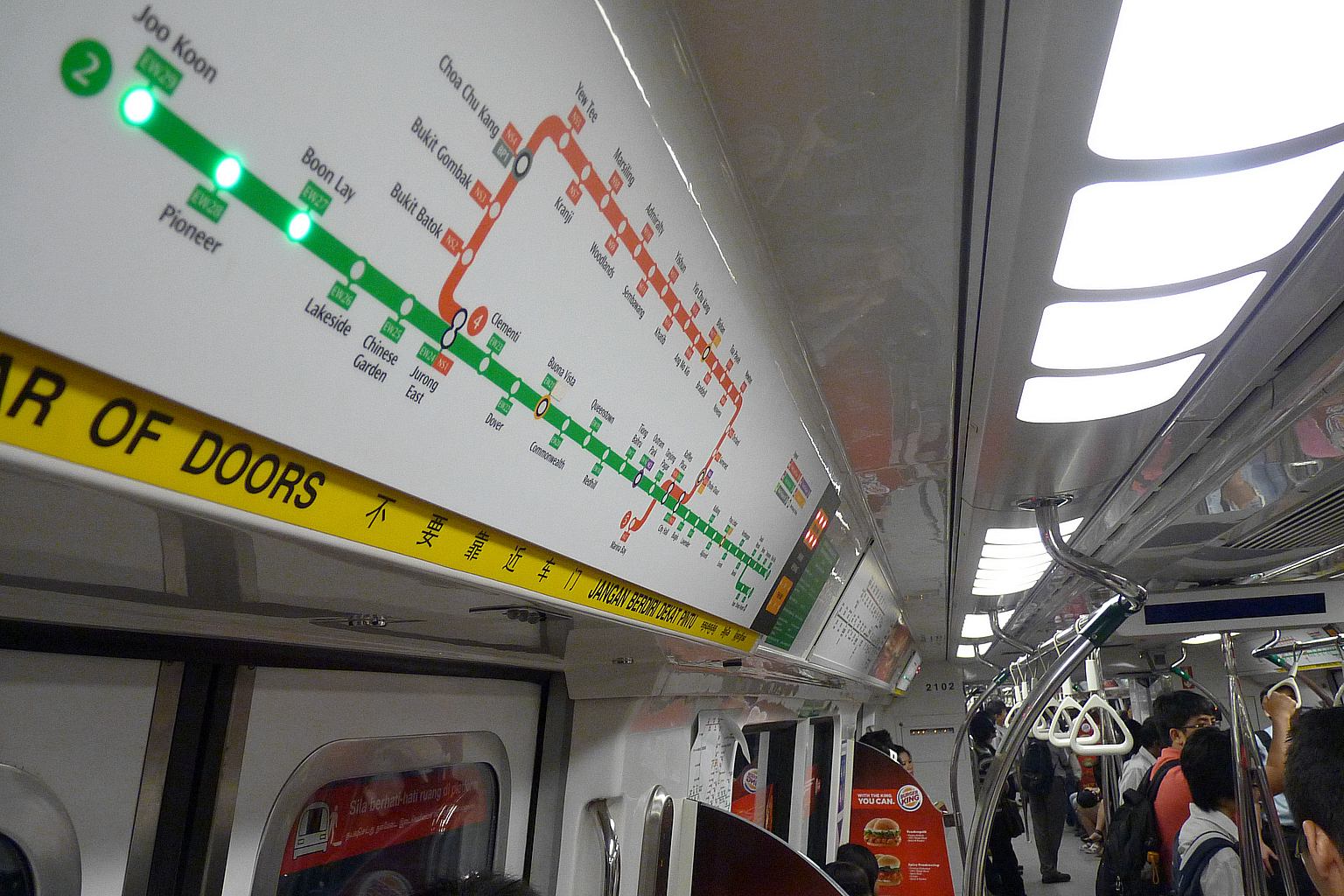CPF is holding their 'CPF Retirement Planning Roadshow' this weekend (Sat & Sun) at Suntec West Atrium!
There are interesting booths, this time, around at the event.
Recommended Post: 6 Singapore Public Transport Tips
1) Virtual Reality Booth
Find out your retirement personality at this station but more importantly: enjoy the VR experience! Play with the machine.
2) Retirement Savings
How much do you need to achieve your retirement lifestyle/income?
Get your figures calculated out over here and that you can start planning early how much you need to save every month.
3) Family Fun
There will be activities there for families (parents + children) to participate in.
Claw machines, paint a coin bank, etc are just some of the games there.
Freebies are available too!
4) Talks
Yes, of course, there must be talks for this event.
Talks about planning for your retirement, buying your first house or preparing yourself for your healthcare needs!
Recommended Post: Singapore University Graduate Salary
Remember to offer your opinions. If you don't put your two cents in, how can you expect to get change?
Have feedback? Tell us now!
Subscribe to us or
Follow us: Investment Stab on Facebook
There are interesting booths, this time, around at the event.
Recommended Post: 6 Singapore Public Transport Tips
1) Virtual Reality Booth
Find out your retirement personality at this station but more importantly: enjoy the VR experience! Play with the machine.
2) Retirement Savings
How much do you need to achieve your retirement lifestyle/income?
Get your figures calculated out over here and that you can start planning early how much you need to save every month.
3) Family Fun
There will be activities there for families (parents + children) to participate in.
Claw machines, paint a coin bank, etc are just some of the games there.
Freebies are available too!
4) Talks
Yes, of course, there must be talks for this event.
Talks about planning for your retirement, buying your first house or preparing yourself for your healthcare needs!
Recommended Post: Singapore University Graduate Salary
Remember to offer your opinions. If you don't put your two cents in, how can you expect to get change?
Have feedback? Tell us now!
Subscribe to us or
Follow us: Investment Stab on Facebook







